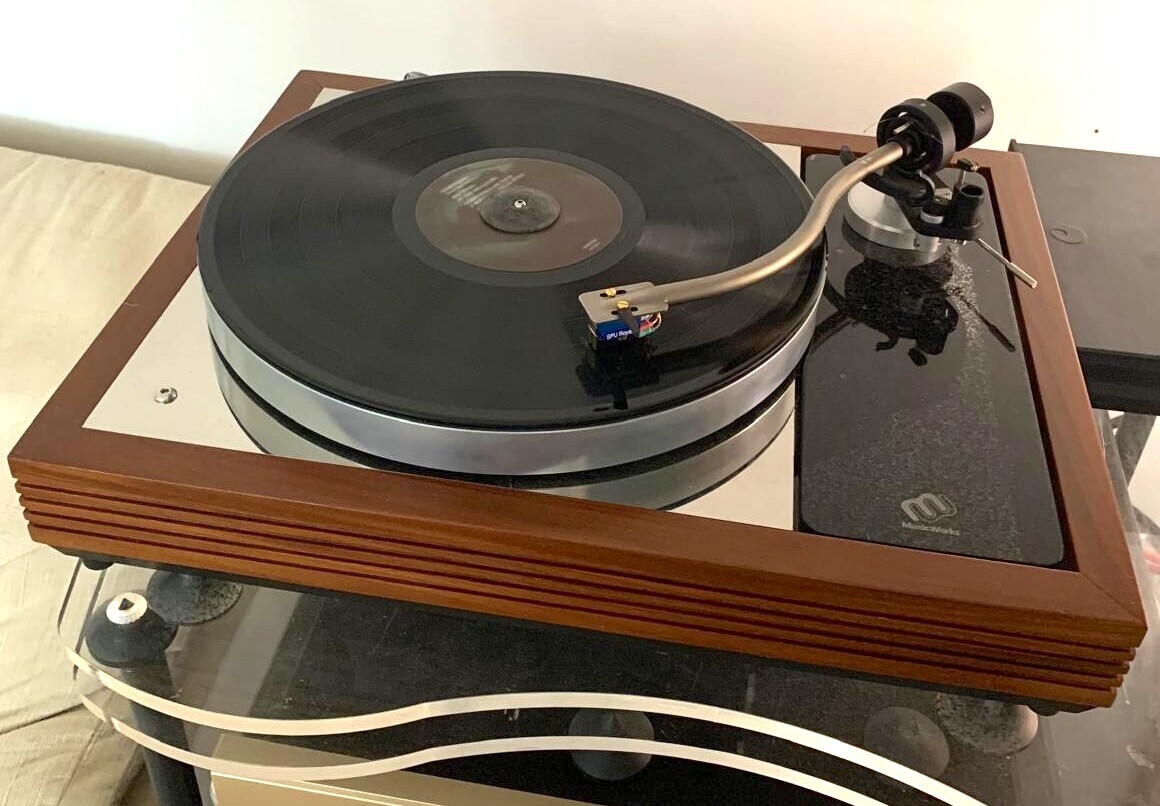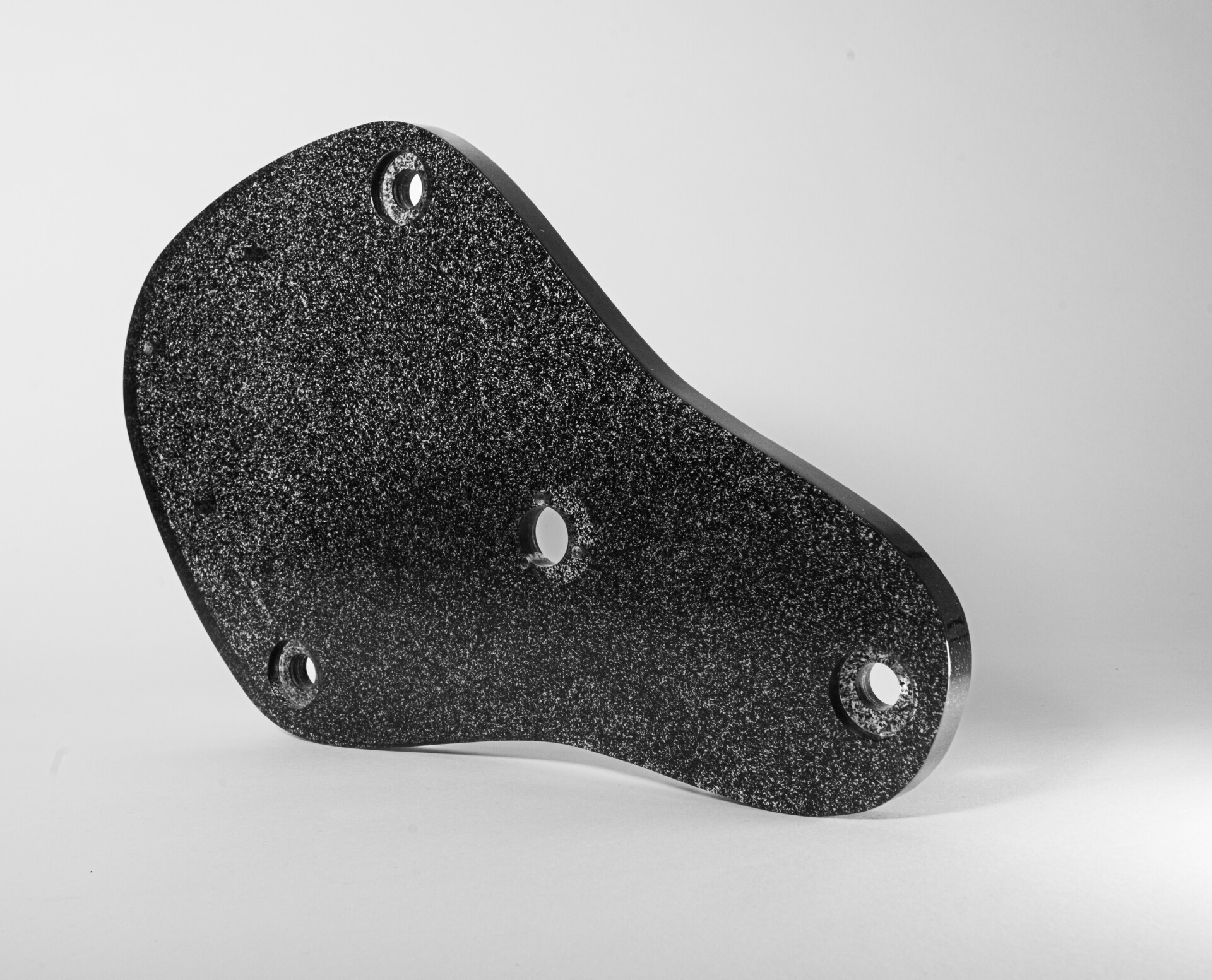AcouPlexy!
By Steve Dickinson

Having already substantially rearranged the internals of the ‘vintage’ Linn record player that I recently acquired <LINK> it’s time for the second stage of this major surgery, a process aiming to wring as much performance out of the deck as possible, while retaining all the good and wholesome aspects of the LP12 that so many of us love and admire. It’s not the best turntable in the world, but there’s a lot to like in this simple design. In many ways, that simplicity is what makes a project like this so appealing – there’s scope for all manner of modifications, work that is not beyond the capabilities of anybody with the inclination, a basic workshop and a bit of nous. That, and the undeniable fact that there are an awful lot of them out there, making second-hand LP12s both readily available and relatively affordable. In fact, make that “almost free” when compared to the prices charged for any semi-serious record deck (including a new Linn) these days. But the trickis to fix what can be fixed, improve what can be improved, without either breaking the budget or losing the essence of the LP12 in the process.
Having already replaced the top-plate and power supply, completely relocating the motor in the process, it’s time to look at the guts of the ‘table, the sub-chassis and arm-board. While my deck has been coming to terms with its new, external reality, MusicWorks has been finalising the shape and structure of its AcouPlex internals for the LP12. They’re a thing of beauty, as it happens, and not the familiar straight edged, kite-shaped sub-chassis either. MusicWorks has learned, over the years, that regular shapes, straight-edges and sharp angles are less than helpful when it comes to managing internal energy. Just look at the shape of their recent ReFract platforms, for example, Acouplex ReFract Panels – Gy8. So, the shape of this sub-chassis owes rather more to Salvador Dali than to Ivor Tiefenbrun, the familiar diamond replaced by a softly curving plate of similar size and mass to the original steel item, with all the edges gently rounded off and nary a straight line to be seen. It’s similar thinking in many ways, to that behind the aluminium plate that’s bonded to the underside of the Steve Jackson top-plate, eliminating straight edges and sharp corners reducing the opportunity for standing waves and internal reflections to get established.

This sub-chassis is paired with a matching arm-board. Naturally – for practical and aesthetic reasons – this retains the standard shape and planform, albeit with gently rounded corners. The two AcouPlex parts are joined together with three, threaded PEEK inserts, clamped on the underside by a trio of AcouPlex fasteners. These are the same as MusicWorks now uses to secure the top plate of its high-end mains block The MusicWorks Reflex Ultra G5/8 Distribution Block – Gy8. These have fluted grooves cut into their face to enable firm fixing with a dedicated key – a bit like a scaled-up Torx fastener – but this shape also seems to give audibly better results than the regular, smooth conical shape of the conical fixings used on early versions of the Distribution Block.

